Extra-Tropical Cyclones: The Cold Cousins Of Hurricanes

Extra-Tropical Cyclones: The Cold Cousins of Hurricanes
Introduction
When we think about hurricanes or tropical cyclones, we tend to imagine warm and humid weather conditions causing destruction in coastal areas. However, did you know that there is a type of cyclone that forms in colder regions and can be just as powerful? These are called extra-tropical cyclones, also known as mid-latitude cyclones or wave cyclones, and they can cause significant damage to areas such as the Atlantic coast of Europe and the Pacific Northwest.
What Are Extra-Tropical Cyclones?
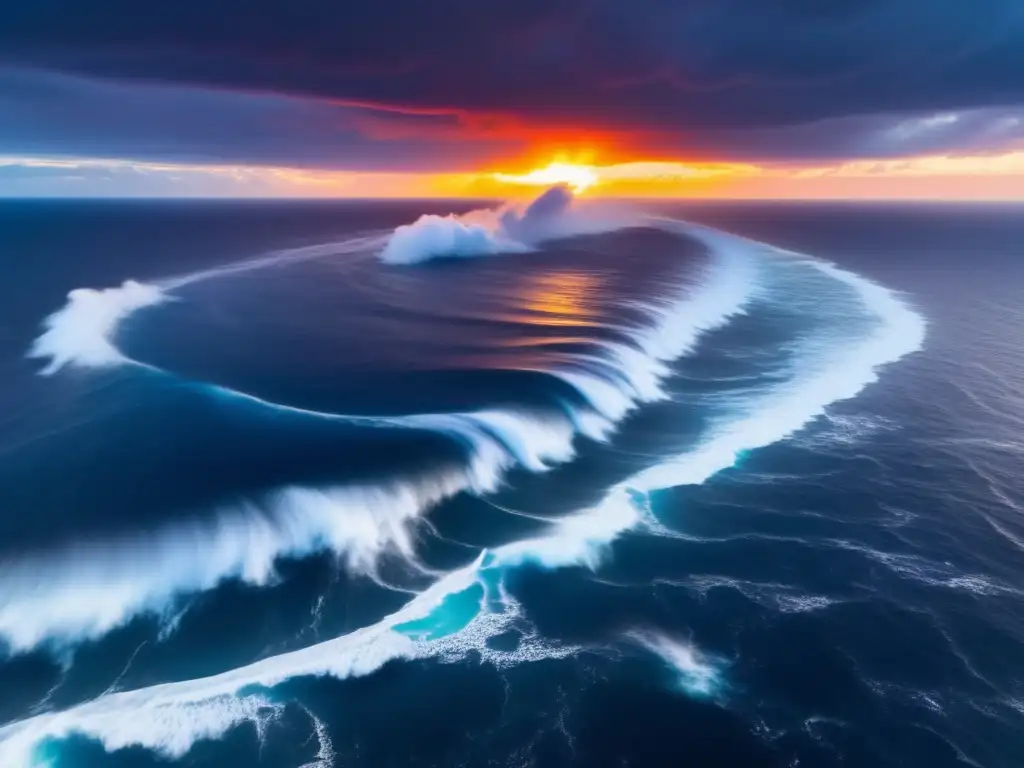
Definition
An extra-tropical cyclone is a type of low-pressure system that forms outside the tropics, typically between 30 and 60 degrees latitude. These cyclones are driven by the temperature differences between the cold polar air masses and the warmer air from lower latitudes, which causes them to rotate counterclockwise in the Northern Hemisphere and clockwise in the Southern Hemisphere.
Characteristics
Extra-tropical cyclones are typically larger and last longer than tropical cyclones. They can be hundreds of miles in diameter and can last for days, moving across entire continents. These cyclones are often associated with strong winds, heavy precipitation, and even blizzards, hailstorms, and thunderstorms. Unlike hurricanes, which form over warm ocean waters, extra-tropical cyclones can form over any land or water surface, including the Arctic Ocean.
Formation
Extra-tropical cyclones often form along the boundaries between different air masses, where cold and warm fronts meet. When a cold front (the leading edge of a cold air mass) pushes under a warm front (the leading edge of a warm air mass), it causes the warm air to rise and cool, creating an area of low pressure. This low-pressure system then spirals into a cyclone as more air rushes in to fill the void.
Comparing Extra-Tropical Cyclones to Hurricanes
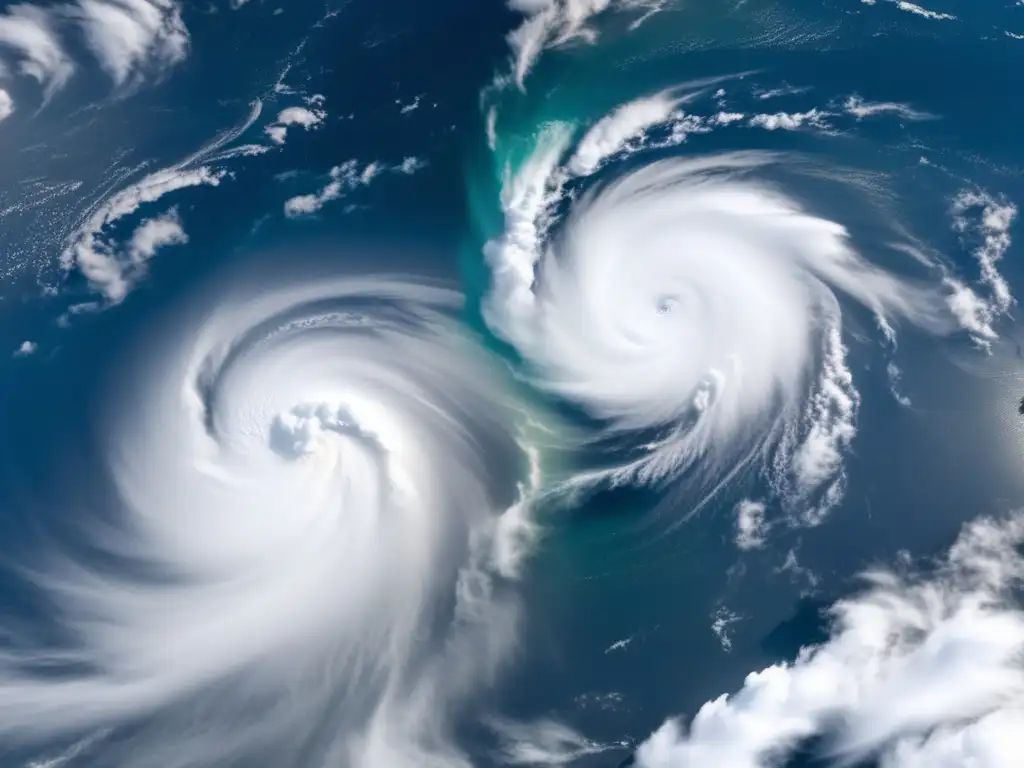
Differences
The most significant difference between extra-tropical cyclones and hurricanes is their location and weather patterns. While hurricanes form over warm ocean waters in the tropics, extra-tropical cyclones can form over any region, including over land. In terms of their weather patterns, hurricanes tend to be more intense and destructive, but they are also smaller and shorter-lived than extra-tropical cyclones. Hurricanes also have a distinct eye at their center, whereas extra-tropical cyclones do not.
Similarities
Despite these differences, both extra-tropical cyclones and hurricanes are types of cyclones and are driven by atmospheric convection. They both involve the rising and cooling of air, which creates a low-pressure system that then rotates and creates strong winds. Additionally, both types of cyclones can cause significant damage and destruction, especially along coastal areas.
Impacts of Extra-Tropical Cyclones
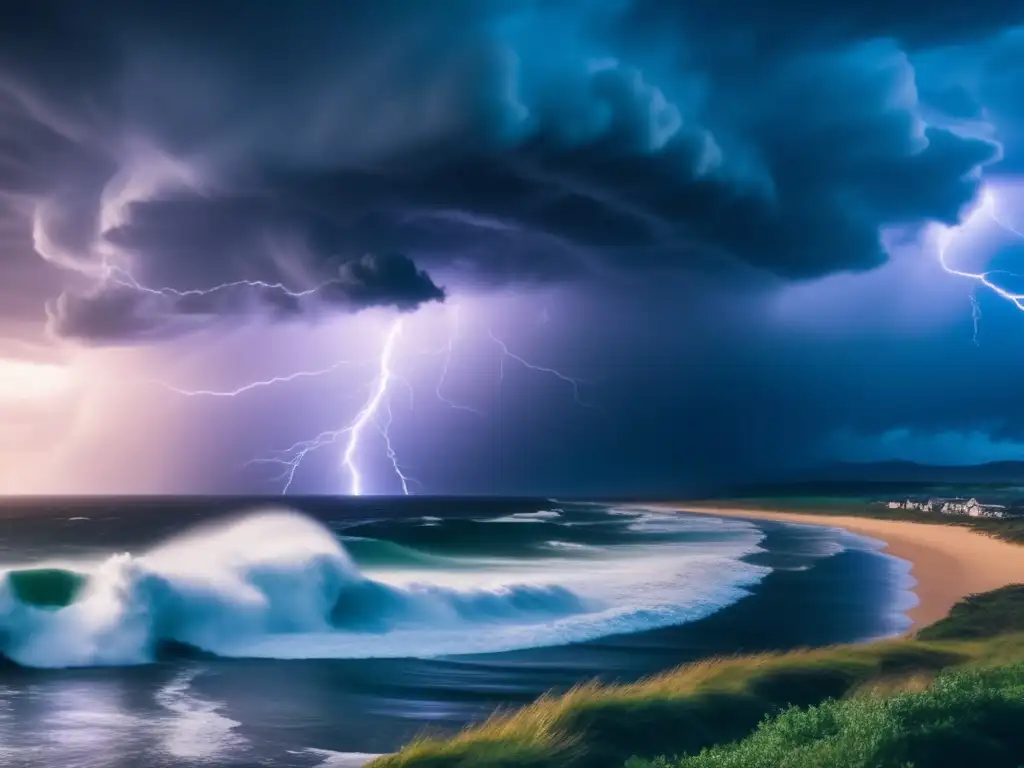
Europe
Extra-tropical cyclones are common in Europe, especially along the Atlantic coast. These cyclones can cause heavy rain, strong winds, and flooding, resulting in significant damage and loss of life. For example, in 2018, extra-tropical storm Ali caused power outages, travel disruptions, and several deaths across the United Kingdom and Ireland.
Pacific Northwest
In the Pacific Northwest, extra-tropical cyclones are common during the winter months and can bring heavy snow, freezing rain, and strong winds. These storms can cause power outages, road closures, and flight cancellations, making travel and daily life difficult for residents.
Other Regions
Extra-tropical cyclones can also impact other areas, including Asia, Africa, and Australia. In these regions, these cyclones can cause thunderstorms, tornadoes, and hailstorms, as well as significant flooding and wind damage.
Frequently Asked Questions
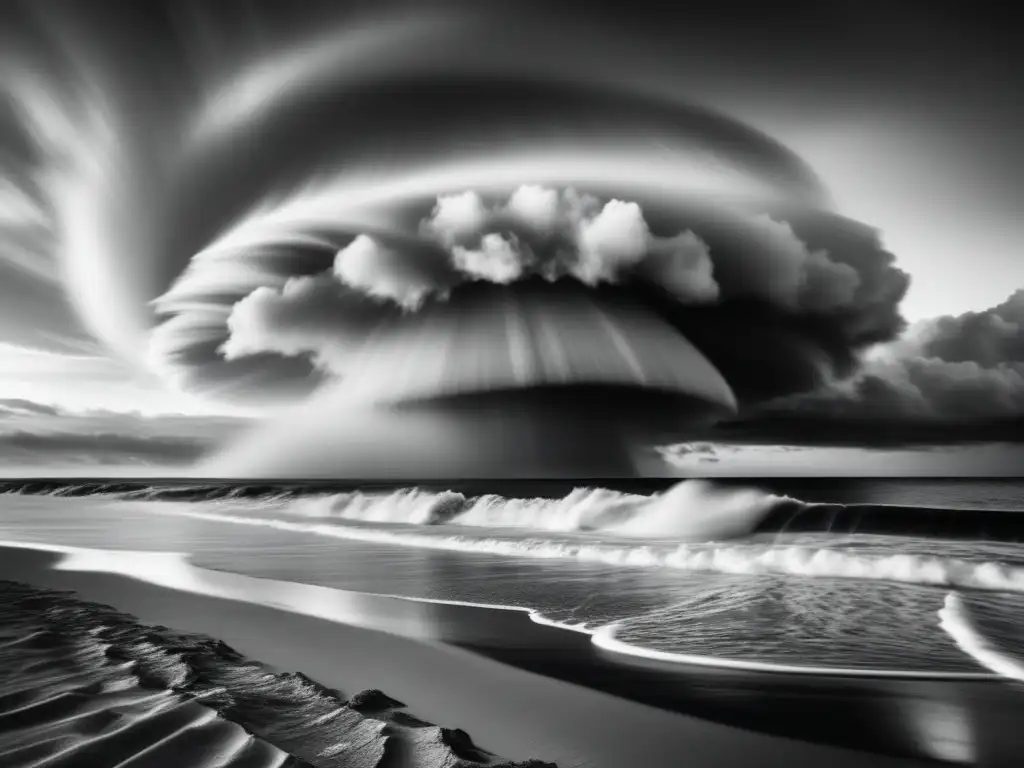
-
How are extra-tropical cyclones different from hurricanes?
Extra-tropical cyclones form outside of the tropics, while hurricanes form over warm ocean waters in the tropics. Extra-tropical cyclones are larger and longer-lasting than hurricanes, but generally less intense.
-
Can extra-tropical cyclones impact tropical regions?
Yes, extra-tropical cyclones can sometimes move into tropical regions and combine with tropical storms or hurricanes, creating hybrid storms that can be even more dangerous.
-
What are some of the most powerful extra-tropical cyclones on record?
Some of the most powerful extra-tropical cyclones on record include the "Great Storm" of 1987 in Europe and the "Perfect Storm" of 1991 off the coast of New England in the United States.
-
How can people prepare for extra-tropical cyclones?
People can prepare for extra-tropical cyclones by staying informed about weather conditions, having an emergency kit, and following safety guidelines for high winds, flooding, and power outages.
-
Are extra-tropical cyclones becoming more frequent due to climate change?
There is some evidence that extra-tropical cyclones are becoming more frequent and intense in certain regions, such as the Arctic, due to climate change. However, more research is needed to fully understand this trend.
Conclusion
Extra-tropical cyclones may not be as famous or well-known as hurricanes, but they can be just as destructive and dangerous. These mid-latitude cyclones form outside the tropics and can impact regions from Europe to the Pacific Northwest. By understanding what these cyclones are and how they form, people can better prepare for the impacts of extreme weather and protect themselves and their communities. Stay informed about weather conditions, follow safety guidelines, and work together to stay safe during these powerful storms.
Thank you for reading, and please share your thoughts and experiences with extra-tropical cyclones in the comments below. For more information on hurricanes and other extreme weather events, visit HurricaneInsider.org.
Additional Resources

- National Hurricane Center
- National Weather Service
- Federal Emergency Management Agency
- Ready.gov - Hurricanes
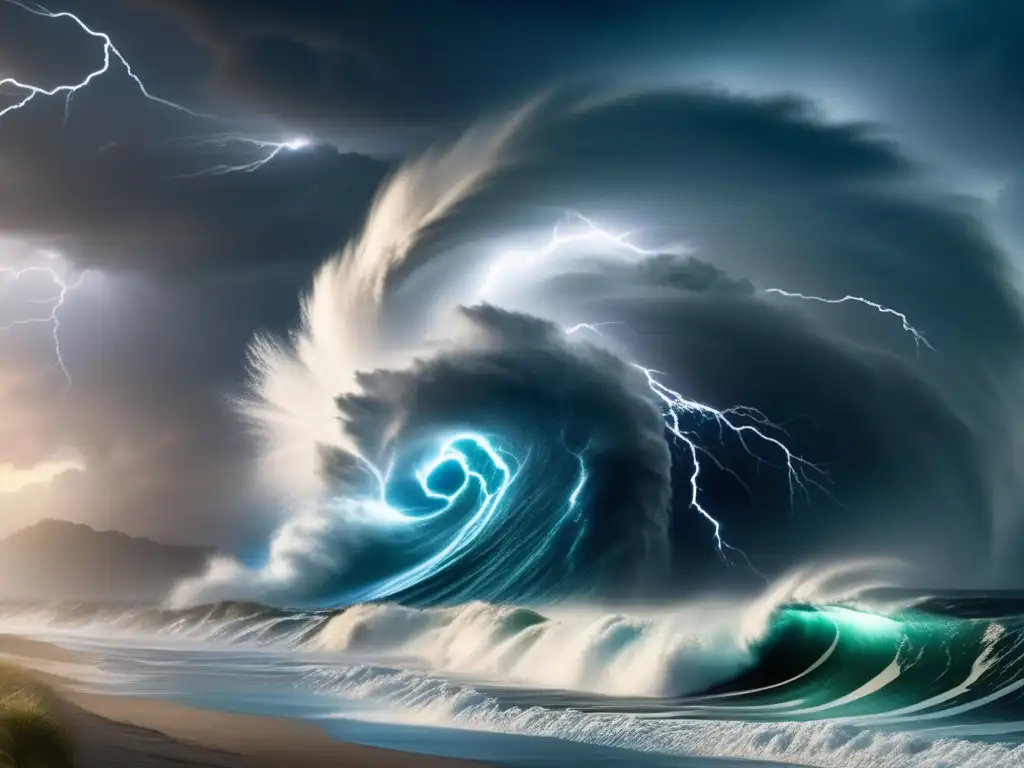 The Health Risks Associated With Hurricanes
The Health Risks Associated With Hurricanes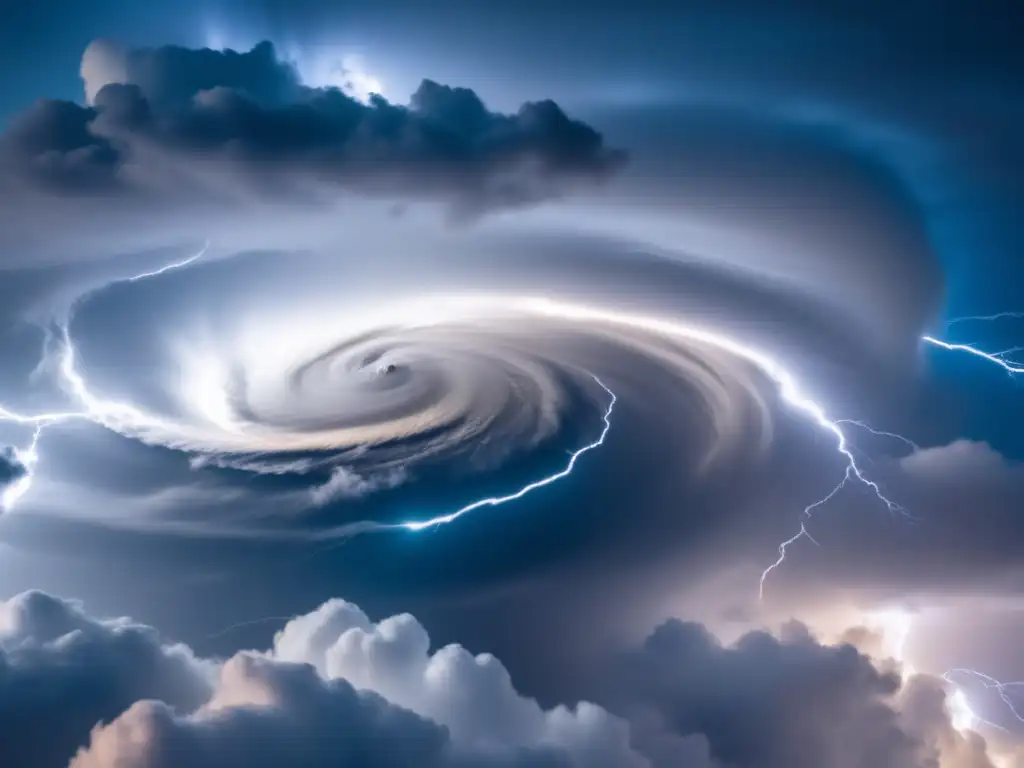 The Bizarre Phenomenon Of Anti-Cyclonic Hurricanes
The Bizarre Phenomenon Of Anti-Cyclonic Hurricanes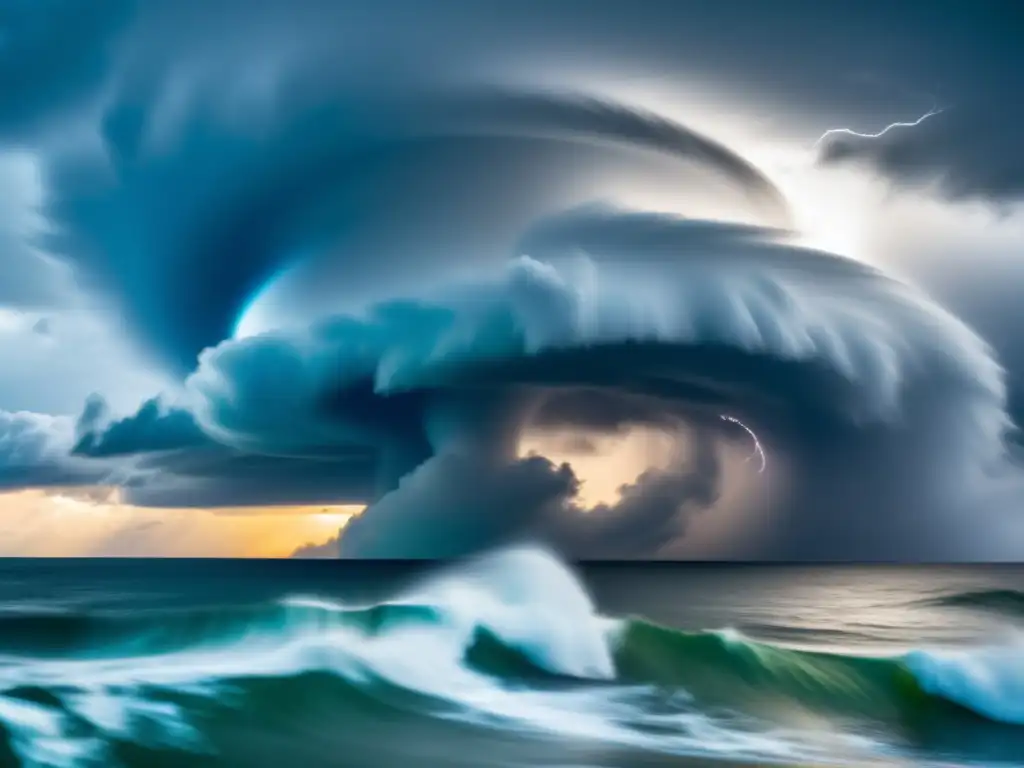 Legal Implications And Policies Regarding Hurricanes
Legal Implications And Policies Regarding HurricanesIf you want to discover more articles similar to Extra-Tropical Cyclones: The Cold Cousins Of Hurricanes, you can visit the Basic knowledge about hurricanes: category.
Leave a Reply

Articulos relacionados: